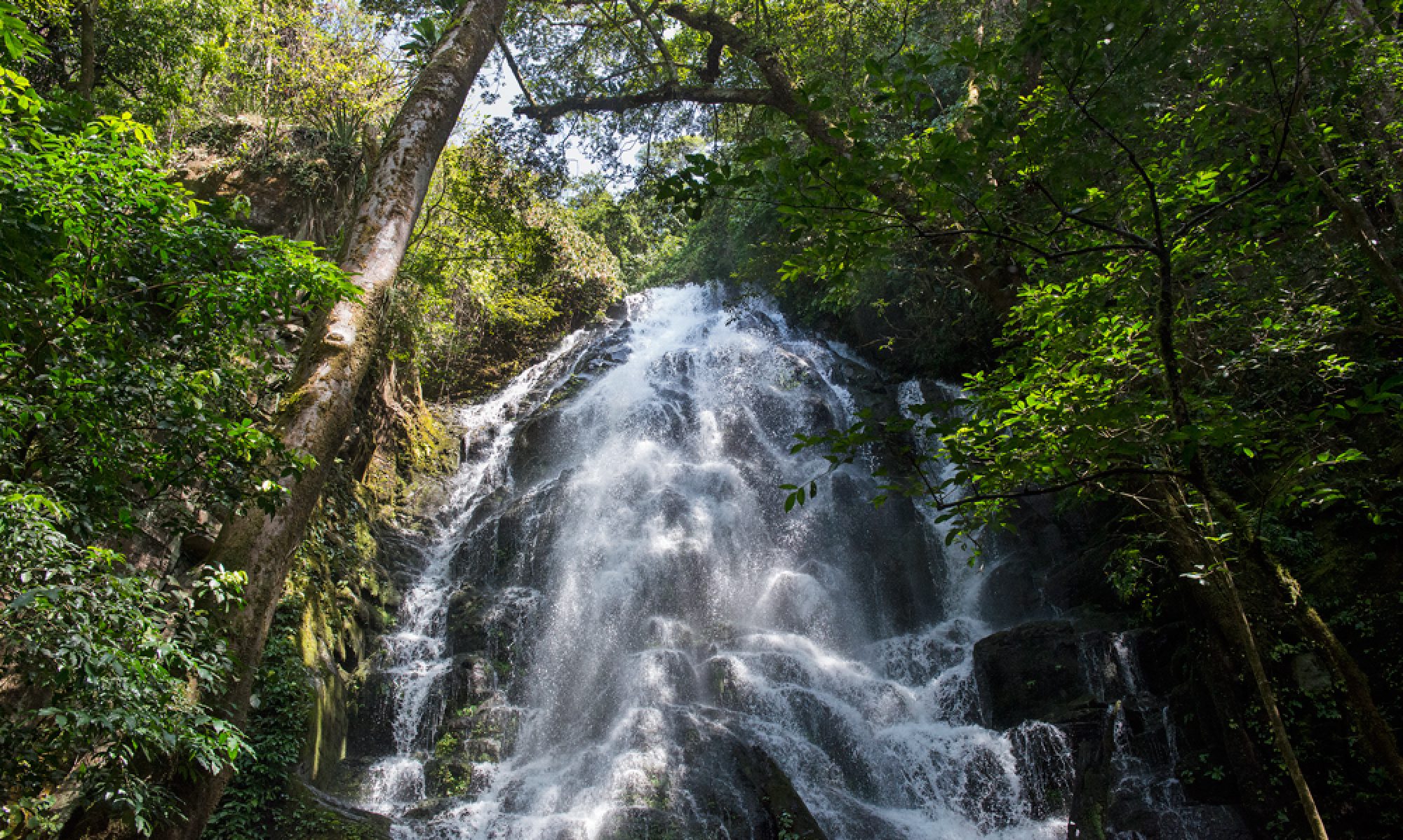By Holly Enowski
OSTIONAL, Costa Rica – Flash back to Ostional Wildlife Refuge in Guanacaste, Costa Rica, in September of 2015: thousands of olive ridley sea turtles arrive on the shores of Playa Ostional for an arribada, or mass nesting, only to find hundreds of humans in their midst.
Today, efforts are in place to prevent similar disturbances from reoccurring.
“There were so many people on the beach that they basically formed a wall and the sea turtles turned around [to go back into the ocean],” said Yenifer Ruiz Coba, leader of guides for the Ostional Integral Development Association, locally known as ADIO.
Many visitors disturbed the turtles by standing atop them or using flash photography.
Yeimy Cedeño Solís, new administrator of the Ostional National Wildlife Refuge, believes the turtles, if disturbed, likely returned later for a second nesting attempt.
“They need to lay their eggs,” Cedeño said.
For the Ostional community, an important component of the arribada is extracting 1 percent of the eggs for local consumption and sale. The general public often lacks understanding of the practices of harvesting olive ridley turtle eggs, Cedeño said, noting that scientific studies show the harvest can actually benefit the turtle population.
Recently, an email from an unidentified source using photos of ADIO members during egg collection was spread globally, portraying them in a negative light, she said.
“People would say, ‘They’re stealing the eggs, how can they say they’re protecting nature?’” Cedeño said.
Initiatives
The Ministry of Environment and Energy (known in Costa Rica as MINAE), ADIO and other community entities have worked together to implement new procedures and policies for Ostional citizens and outsiders alike to prevent incidents like those in 2015 from occurring during arribadas.
Previously, tourists and others would attempt to enter the beach through unauthorized entrances. In a collaborative effort with Ostional citizens residing along the shoreline, standards have been created to better restrict unlawful access, Ruiz said. In an effort to protect the turtles, visitors are now required to have an official local guide during an arribada. Foreigners tend to like the guide requirement, but opinions vary.
“Costa Ricans think it’s their land and they have the right to enter whenever they want to,” Ruiz said.
Police and guards maintain a presence during an arribada. With MINAE’s assistance, effective legal action can be taken against individuals who don’t comply with the new standards. That’s good for the tourists, Ostional residents and ultimately the turtles.
“We have to keep [the beach] clean always so the turtles don’t stop coming here,” Ruiz said.
Edited by Brianna Stubler

Reblogged this on Holly Enowski and commented:
In Ostional, Costa Rica, over 8,000 olive ridley sea turtles made their way to the shores for a mass nesting or arribada in December. The Ostional community is special in that it is home to both the Ostional Wildlife Refuge to protect the turtles and it is the only legal place to harvest and sell turtle eggs.
I enjoyed reading your story, and look forward to more.